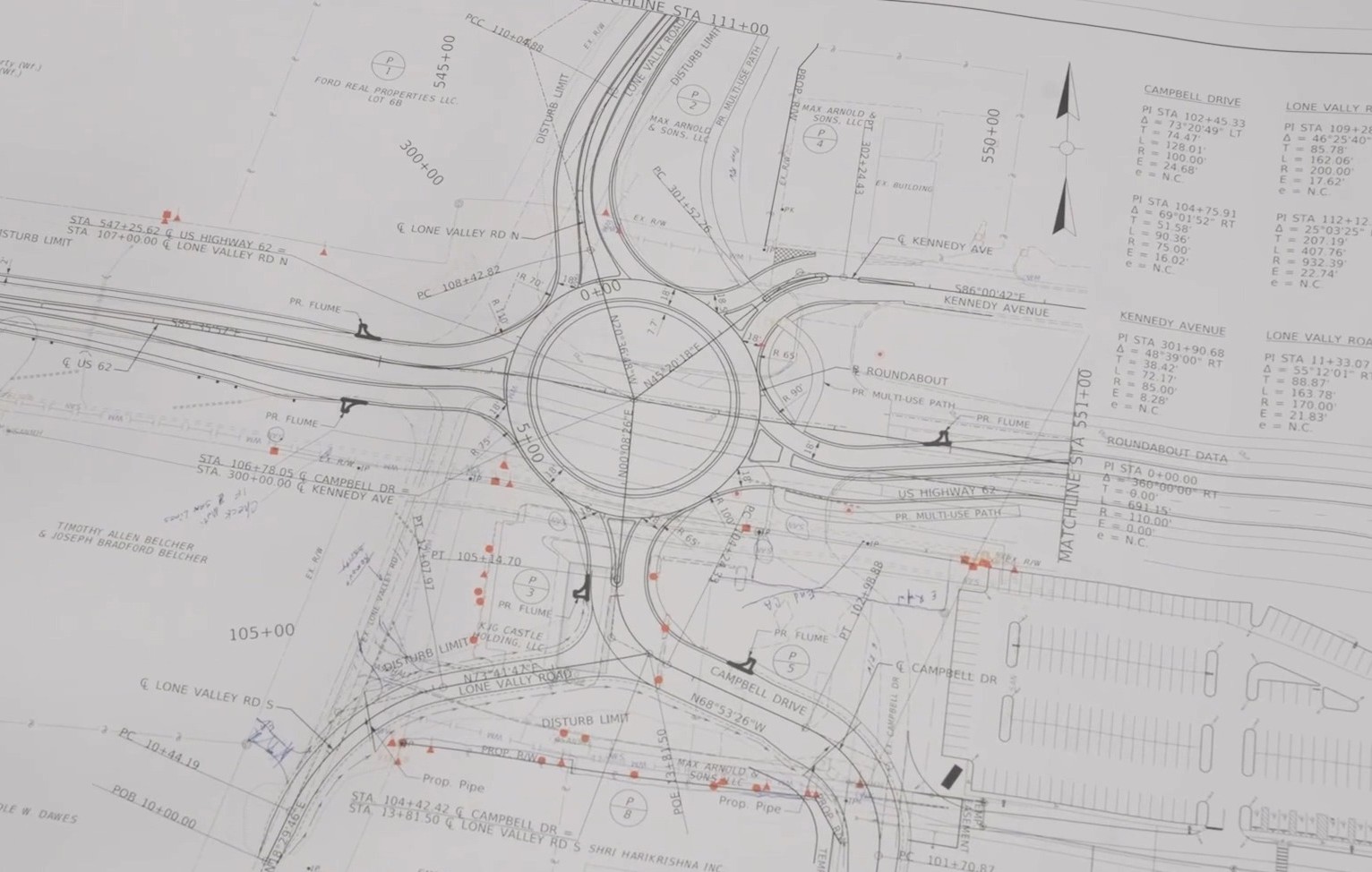Why DOT experience changes outcomes
Barry Horst says the real advantage is knowing how agencies actually work: expectations, regulations, and the financial playbook. That knowledge shortens the learning curve and helps cities and counties avoid costly wrong turns in right-of-way and property acquisition. “If there is one part of project delivery that can cause things to go off the rails, this is it.” —Barry Horst
Federal money is a major slice of highway funding, so teams fluent in federal programs and standards are valuable. In 2023, federal funds represented about 24% of all state highway receipts (source).
Turning red tape into a roadmap
Barry points out that most state-delivered projects touch the same national compliance stack: ADA, NEPA, historic preservation, plus state procedures. When teams synchronize environmental review with permitting and engage resource agencies early, delivery times improve and rework drops. FHWA notes that integrating NEPA with permitting shortens delivery and saves resources by reducing duplicative steps (source).
Safety, geology, and the long view
Senior Geotechnical Engineer David Barker ties agency experience to better hazard anticipation. He’s seen how aging embankments and cut slopes in Appalachia create landslides and rockfall as materials weather over decades. Knowing the terrain and the state’s processes helps teams flag risks early and build realistic scopes with safety in mind. FHWA guidance encourages baking safety into every NEPA stage, from scoping through alternatives analysis.
Design language that everyone speaks
Agency veterans work daily in the AASHTO universe. The Green Book sets a common geometric design framework that has grown more flexible and multimodal over time, helping designers align with both function and context.
What clients actually feel on their project
Drawing on insights from Barry and David, here’s what the process looks like on the ground for city and county sponsors:
- Fewer surprises because the team knows agency expectations, document formats, and approval paths.
- Cleaner coordination through synchronized NEPA and permitting and a clear record of decisions.
- Constructability baked in so contractors see fewer uncertainties and change-order triggers.
- Risk awareness around geotechnical realities that only emerge with time and weathering.
The Value of Experience in Transportation Infrastructure
Transportation infrastructure succeeds when experience meets understanding. Former DOT professionals bring both. Their firsthand insight into agency expectations, environmental processes, and long-term maintenance challenges helps communities build safer, more efficient systems. For local governments, that means fewer setbacks, stronger collaboration, and projects that stand the test of time.


Recent Comments